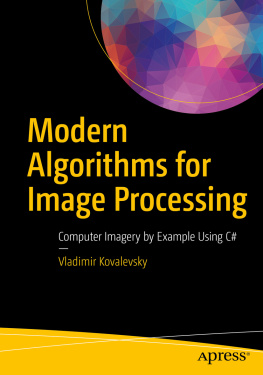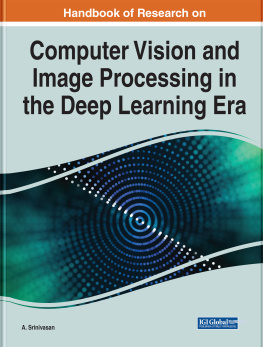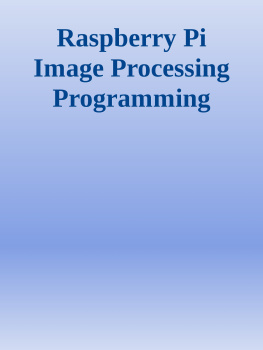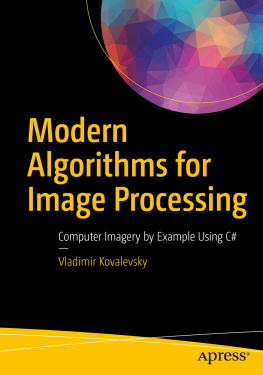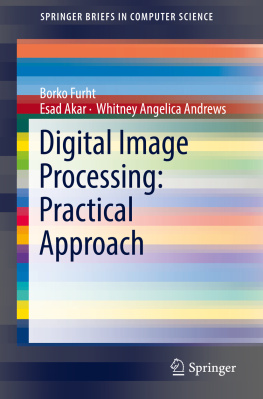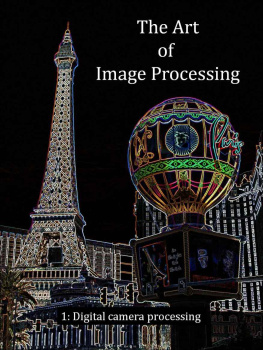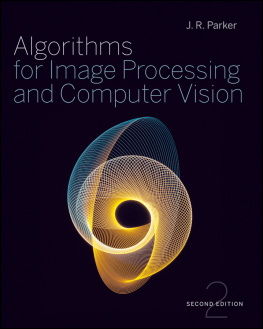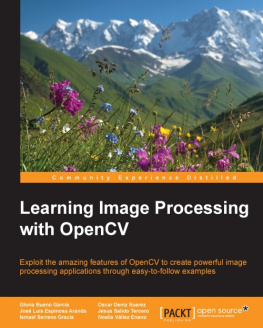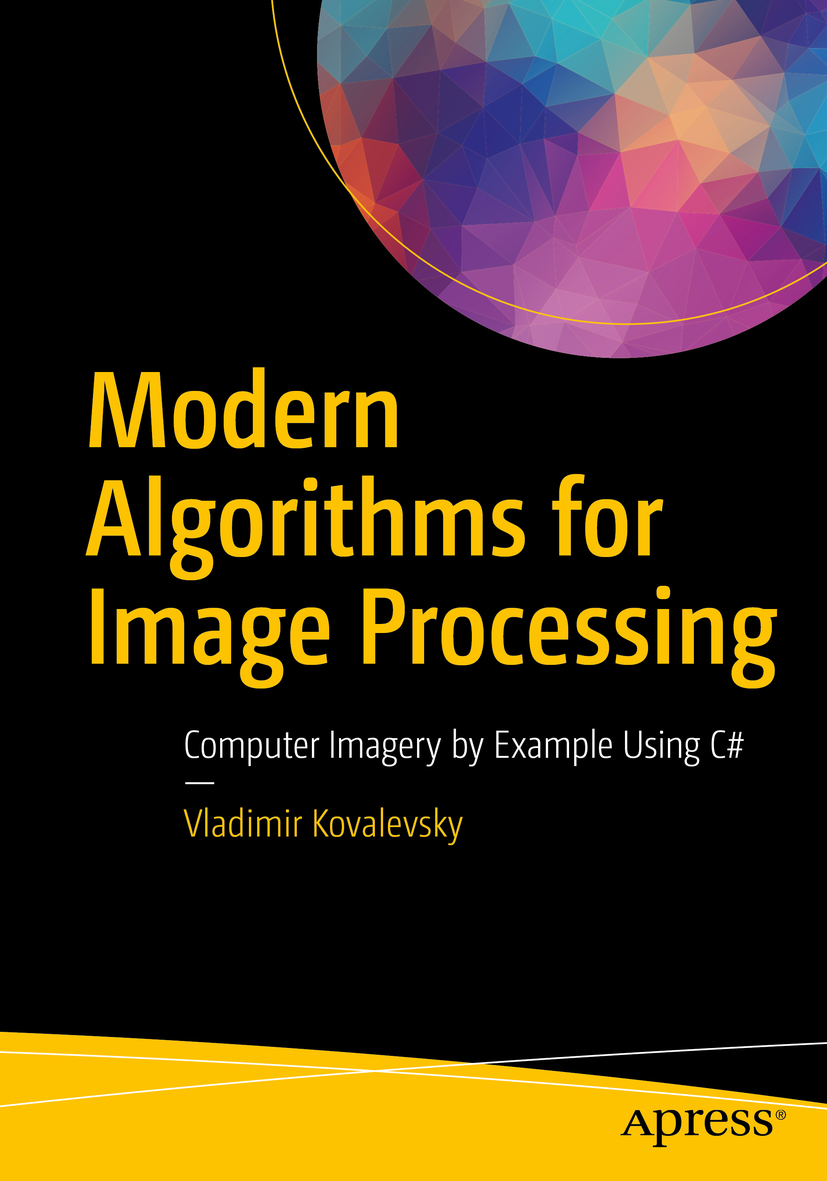Vladimir Kovalevsky
Berlin, Germany
Any source code or other supplementary material referenced by the author in this book is available to readers on GitHub via the books product page, located at www.apress.com/9781484242360 . For more detailed information, please visit http://www.apress.com/source-code .
ISBN 978-1-4842-4236-0 e-ISBN 978-1-4842-4237-7
https://doi.org/10.1007/978-1-4842-4237-7
Library of Congress Control Number: 2018965475
Vladimir Kovalevsky 2019
This work is subject to copyright. All rights are reserved by the Publisher, whether the whole or part of the material is concerned, specifically the rights of translation, reprinting, reuse of illustrations, recitation, broadcasting, reproduction on microfilms or in any other physical way, and transmission or information storage and retrieval, electronic adaptation, computer software, or by similar or dissimilar methodology now known or hereafter developed.
Trademarked names, logos, and images may appear in this book. Rather than use a trademark symbol with every occurrence of a trademarked name, logo, or image we use the names, logos, and images only in an editorial fashion and to the benefit of the trademark owner, with no intention of infringement of the trademark. The use in this publication of trade names, trademarks, service marks, and similar terms, even if they are not identified as such, is not to be taken as an expression of opinion as to whether or not they are subject to proprietary rights.
While the advice and information in this book are believed to be true and accurate at the date of publication, neither the authors nor the editors nor the publisher can accept any legal responsibility for any errors or omissions that may be made. The publisher makes no warranty, express or implied, with respect to the material contained herein.
Distributed to the book trade worldwide by Springer Science+Business Media New York, 233 Spring Street, 6th Floor, New York, NY 10013. Phone 1-800-SPRINGER, fax (201) 348-4505, e-mail orders-ny@springer-sbm.com, or visit www.springeronline.com. Apress Media, LLC is a California LLC and the sole member (owner) is Springer Science + Business Media Finance Inc (SSBM Finance Inc). SSBM Finance Inc is a Delaware corporation.
Introduction
This book presents a collection of algorithms and projects for processing two-dimensional images. I developed and investigated the algorithms. Special emphasis is placed on computer solutions of problems related to the improvement of the quality of images, with image analysis and recognition of some geometrically definable objects. New data structures useful for image analysis are presented. The description of all algorithms contains examples of source code in the C# programming language. Descriptions of projects contain source code that can be used by readers.
With this book I intend to help you develop efficient software for processing two-dimensional images. There are a lot of books on image processing, but important algorithms are missing from these books. I have developed many efficient algorithms as a new and important contribution to this area.
I have paid great attention to solutions of problems in image analysis. On the other hand, problems of improving the quality of images are important for the arts. My wife is a recognized specialist in the history of the arts, and her publications often use copies of famous pictures and drawings. The photographs of these artworks are often of low quality. Often photographs of historical drawings illustrating the work of a painter are of such low quality that it is almost impossible to clearly see the contents of the image. Improving these images is therefore very important. In such cases, the programs I have developed for improving the quality of pictures are very useful.
I have developed efficient algorithms for recognizing circles and ellipses in noisy images. These algorithms can be used for recognizing objects with a shape approximating a circle; for example, apples, mushrooms, and so on. They can also be used for recognizing bicycles in images of traffic because the wheels of bicycles are ideal circles, but if the bicycle is positioned in such a way that the plane of its frame is not orthogonal to the viewing ray, then its wheels look like ellipses rather than circles. I was therefore forced to develop efficient algorithms for recognizing ellipses in noisy images as well. My efforts were successful and the book contains a chapter devoted to the recognition of bicycles in noisy images.
The book contains descriptions of numerous algorithms for image analysis, including these:
Manually controlled thresholding of shading corrected images.
A fast algorithm for simultaneously labeling all connected components in a segmented image.
A new efficient method of edge detection.
A fast algorithm for approximating digital curves by polygons and for estimating the curvature of circular arcs approximating the curve.
Algorithms for recognition and measurement of circular or elliptical objects in color images.
Among the algorithms for image improvement, the most important are the following:
The algorithm for rectifying photographs of paintings taken at an oblique angle.
An algorithm correcting images of nonuniformly illuminated scenes.
The algorithm for improving the contrast of images of nonuniformly illuminated scenes.
The best algorithm for reducing Gaussian noise (the so-called Sigma-Filter).
The algorithm for reducing impulse noise.
All descriptions are followed by a pseudo-code similar to the C# programming language. Most of the descriptions contain source code that can be copied from the text and used directly in a Windows Forms program written in the C# .NET language.
All source code and figures are included in a download file (which you can access via the Download Source Code button located at www.apress.com/9781484242360 ) so you can see the colors.
Acknowledgments
I wish to acknowledge valuable and fruitful discussions with Boris Flach, Reinhard Klette, Ulrich Koethe, Alexander Kovalevsky, Volkmar Miszalok, and Peer Stelldinger. These discussions have significantly contributed to this work.
I would like to express my special appreciation to Alexander V. Kovalevsky, who helped significantly as an experienced programmer in the development of my projects.

